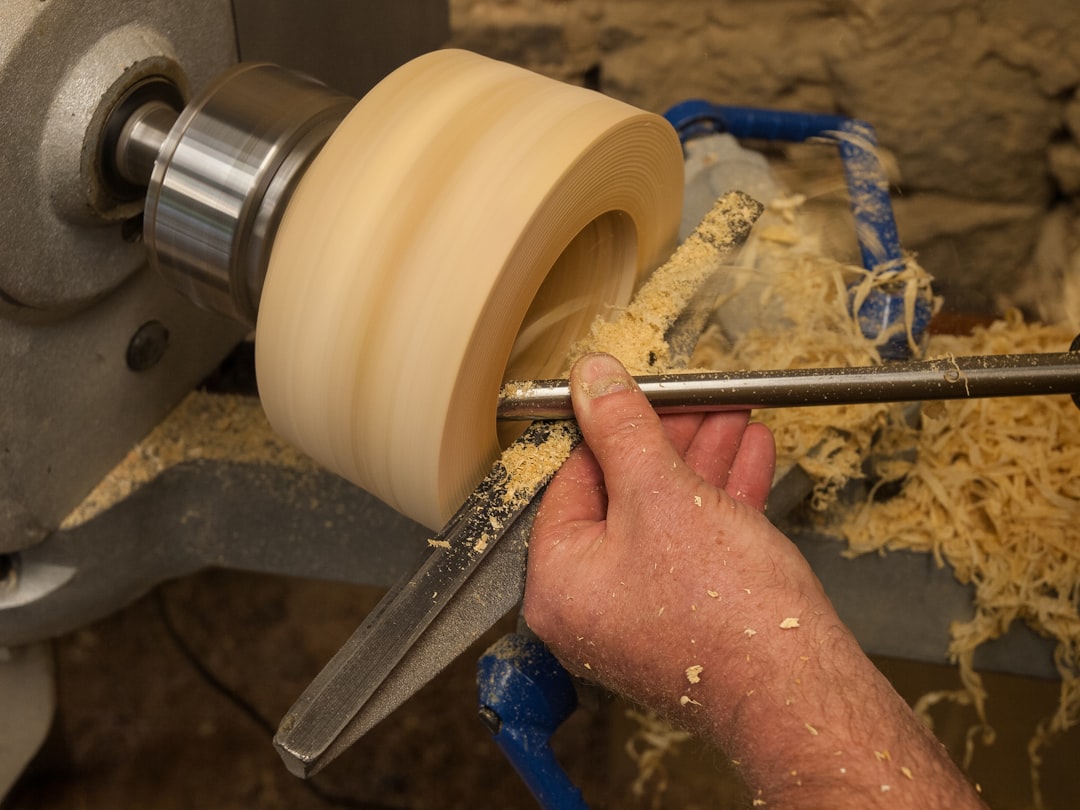
The trim-out phase is the final, highly visible stage of a residential plumbing package. Shower valves are revealed, fixtures are set, and every client finally sees tangible progress. Yet for many builders, the question that still hangs in the air is, “What will the plumbing trim out cost?” CountBricks is here to answer that with real-time pricing, AI-driven takeoffs, and bullet-proof estimates you can trust on bid day and install day alike.
• Setting toilets, tubs, and shower surrounds
• Installing faucets, angle stops, shower trim kits, and supply lines
• Connecting dishwashers, disposals, clothes washers, and ice makers
• Final pressure testing and fixture operation checks
Because the scope is comprehensive, trim-out costs become a convergence of earlier rough-in decisions, fixture specifications, and current material pricing. CountBricks.com/services details how our database maintains live pricing on every SKU you carry to keep surprises off your punch list.
Matte black widespread faucets cost markedly more than chrome single-handle options. CountBricks AI instantly compares fixture lines so clients see price deltas in seconds, not hours.
Every additional bath, bar sink, or laundry hookup multiplies labor hours as well as fittings. Our voice-to-estimate tool captures those room counts during walk-throughs and auto-adjusts budgets.
A rushed schedule often means overtime to meet closings. CountBricks dashboards forecast labor availability so you can negotiate schedule relief before OT drives up costs.
Air-gap fixtures, vacuum breakers, or lead-free mandates all sway material allowances. CountBricks keeps city-specific code libraries so every estimate reflects current inspection criteria.
Because markets vary, averages should only serve as guardrails. In most urban California ZIP codes, CountBricks data shows:
• Single-bath remodel: $1,750 – $2,400
• Three-bath new build: $5,800 – $7,600
• Luxury custom (five-plus baths, designer fixtures): $14,000 – $20,000+
These ranges combine labor, fixtures, valves, supply lines, waste fittings, and final testing. The beauty of CountBricks is the ability to swap a line-item faucet and watch totals change in real time—no spreadsheet gymnastics required.
1. Voice-Driven Site Capture
Speak naturally while you walk the project—“Two undermount sinks, one freestanding tub.” CountBricks converts your words into a digital takeoff.
2. AI Material Matching
Our engine assigns part numbers, local pricing, and availability based on your preferred suppliers.
3. Labor Algorithm Calibrated to Your Crew
Hourly rates, travel time, and crew size are saved to your profile so every new job reflects real production costs.
4. Instant Quote and Invoice Output
At the tap of a button, CountBricks produces branded proposals, change orders, and final invoices—ready for e-signature.
• Lock fixture selections by framing stage to avoid rush shipping premiums
• Use pressure-balancing rough-in valves compatible with multiple trim kits for flexibility if finishes go out of stock
• Bundle fixture orders to reach free-freight thresholds with suppliers
• Inspect rough-in stub-outs before drywall to prevent costly corrections at trim-out
CountBricks partnered with a local GC on a side-by-side duplex featuring four baths and two kitchens. Using our AI estimate engine:
• Initial trim-out budget: $13,200
• Real-time price increases captured: +$480 on copper pipe, flagged two months before install
• Value-engineering options: swapped laundry faucets, saving $260
• Final cost variance: +1.5% versus original CountBricks estimate
The GC closed on schedule, crediting accurate forecasting for zero end-of-project friction.
Construction timelines shift, and so do material markets. CountBricks recommends updating your plumbing trim out cost:
• After permit revisions that affect fixture counts
• When lead times exceed 8 weeks on specified fixtures
• Anytime copper or brass index changes by more than 5%
If you’re tired of manual spreadsheets and budget overruns, plug into CountBricks.com/consultation. Our residential construction specialists will demonstrate how AI voice capture, live pricing, and automated documentation take the guesswork—and the wasted hours—out of plumbing trim out cost.

Many builders assume fixtures dominate plumbing trim out cost, yet CountBricks analytics show an even split on the average project: roughly 52% labor, 48% material. Understanding that ratio empowers smarter negotiations with both plumbers and suppliers.
• Crew Sequencing Insights: Our platform highlights idle overlap between plumbing and finish-carpentry crews so you can resequence tasks and cut downtime.
• Productivity Benchmarks: Compare your plumber’s hours per fixture to regional averages stored in CountBricks.com/portfolio. Knowing the standard prevents padded bids.
1. Early Commitment Rebates
CountBricks flags suppliers offering quarterly volume rebates; locking selections early can shave 3-5% off finish fixture costs.
2. Spec Flex Kits
Select fixtures that share universal valve bodies. Swapping trim later for style changes avoids breaking tile or adding labor costs.
On a five-unit townhome build, the developer faced a 45-day closing incentive. Using CountBricks:
• The superintendent recorded a voice walk-through in 18 minutes
• AI produced a complete trim-out estimate in under five minutes
• Supplier lead-time alerts prompted fixture substitutions, sidestepping three-week shipping delays
Outcome: All units met the bonus deadline, and final plumbing trim out cost landed 2% below contingency—proof that speed and accuracy can coexist.
Ready to convert data into dollars saved? Book a live demo at CountBricks.com/consultation and see how effortlessly your next residential project can move from rough-in to ribbon-cutting—with every trim-out dollar accounted for.